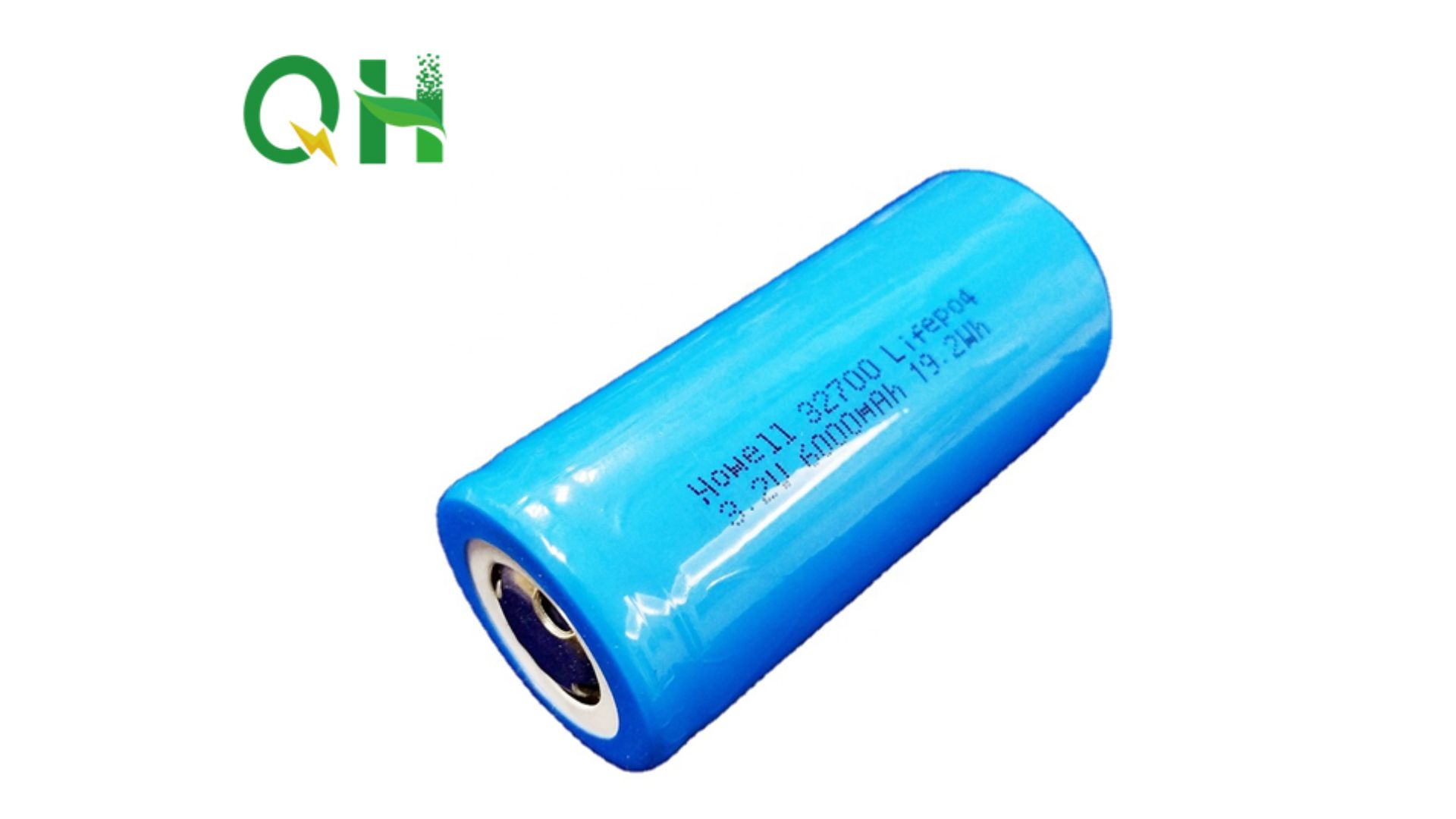As Lifepo4 batteries are quickly becoming a popular choice across a range of industries due to their numerous benefits, many people have started to wonder how these types of batteries are produced. This article will tackle how these types of batteries are produced.
Steps in the Production Process of Lifepo4 Batteries
The production process for these batteries involves several steps, each of which is listed and explained by order below.
Sourcing Raw Materials
The first step in Lifepo4’s production process is the sourcing of the necessary raw materials which are lithium-ion phosphate, graphite, and electrolyte solution. These materials are sourced from trusted suppliers and are put into rigorous testing to ensure their purity and quality.
Cell Assembly Process
After sourcing the raw materials that are needed for the battery, the cell assembly process can begin. The first step in this process involves mixing the raw materials together and creating a slurry. This slurry is then coated onto a thin metal foil, which serves as the anode for the new battery. The coated foil is then dried and rolled into a cylindrical shape which eventually becomes the battery shape.
Preparation of Cathode
The next process is preparing the cathode. This step involves using another metal foil with a mixture of lithium iron phosphate and graphite to coat the cathode. The coated foil is then dried into a cylindrical shape. The anode and cathode are then put into a metal casing with a material that separates the two to prevent the two electrodes from colliding.
Adding Electrolyte solution
The next step in the production process of Lifepo4 is the addition of the electrolyte solution. This solution is added to the battery through small holes in the metal casing to help conduct the electrical charge between the anode and cathode. After adding the electrolyte, the battery is immediately sealed to prevent any leakages.
Testing
After the battery has been assembled, it undergoes many rounds of tests to ensure the quality of each battery and that it performs properly as it was intended. These tests include checking the battery’s capacity, voltage, and the ability to hold a charge over time. Any batteries that do not meet the required specifications are immediately removed from the production line to be recycled or disposed of properly.
After the batteries passed all the required tests, they are immediately prepared for distribution to be used in various applications. The production process of Lifepo4 batteries is highly controlled and monitored to ensure the consistent quality and performance of each product that is released in the market.
It is important to note that the production process for Lifepo4 batteries is constantly evolving as new technologies and manufacturing techniques emerge. As a result, manufacturers like lifepo4-energy.com is continually seeking ways to improve the efficiency and sustainability of their production process.
Conclusion
Overall, the production process for Lifepo4 batteries involves several complex and highly controlled steps which start from sourcing raw materials and finish with the testing of the finished product to assure that the quality of the product is top-notch and that it is performing the way it was intended to. As the demand for these batteries continues to grow across a range of industries, manufactures will continue to explore new and innovative ways to improve their production processes to help ensure consistent quality and performance across all products.


